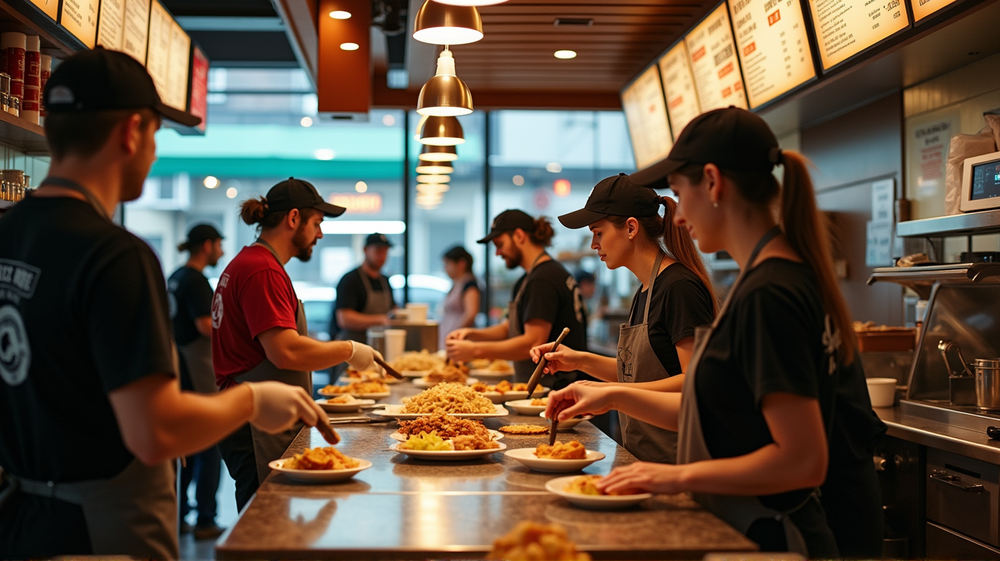Revolutionary Impact of Take-out Orders on Fast Food Productivity
In the fast-paced world of dining, a silent revolution is underway. Your simple decision to opt for takeout or delivery has become a powerful force in redefining productivity within the fast-food industry. According to University of Chicago News, insights from the University of Chicago Booth School of Business reveal a dramatic change triggered by the surging popularity of these orders, indicating an unprecedented shift in restaurant efficiency.
A Pandemic-Driven Discovery
Originally borne out of necessity during the COVID-19 pandemic, reliance on takeout and delivery quickly turned from a lifeline to a catalyst for change. Once recovery began, a fascinating pattern emerged: productivity in U.S. restaurants reached new heights post-pandemic. From the doldrums of a 20% dip in early 2020, the industry soared, seeing a productivity increase of 15% from pre-pandemic levels by 2021. This change emphasizes efficiency without extending work hours, as restaurant workers averaged fewer hours compared to pre-COVID-19 standard weeks.
The Efficiency Formula: Shorter Dwell Times
A central pillar of this productivity spike lies in the term “dwell time,” or how long customers linger in restaurants. Post-pandemic, shorter visits prevailed, replacing the less efficient, longer traditional dining experiences. This shift was empowered by technological advancements, including the seamless integration of delivery apps and self-service kiosks in fast-food chains like McDonald’s and Burger King, underscoring an intelligent use of technology that cuts unnecessary manpower, allowing staff to focus solely on food preparation and distribution.
Unpacking the Productivity Puzzle
This newfound efficiency isn’t rooted in more extended working hours or larger teams. Instead, it emerges from thoughtful reallocation of duties. The absence of traditional dine-in services means no table clean-up or physical payment processes, leading to swift turnover and a focus on core duties.
Broader Implications for the Service Sector
The ripple effect of this productivity boost raises a tantalizing question: can these efficiency gains be replicated across other service industries? The researchers at the University of Chicago Booth School of Business remain bullish on the prospects, hinting at a transformative potential across service sectors where dwell time impacts operational dynamics.
In conclusion, the surge in take-out and delivery orders has not only made dining more convenient for customers, but it has also ushered in an era of increased productivity for fast-food industries, exemplifying how crisis-led adaptation can fuel lasting improvements.




